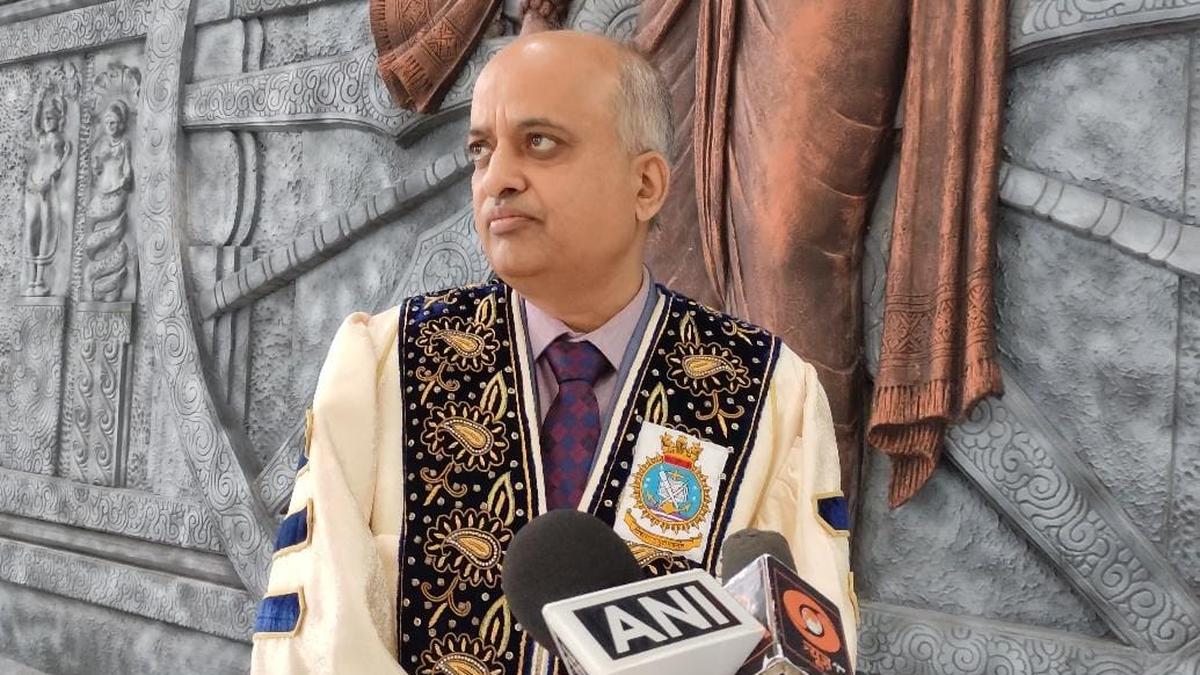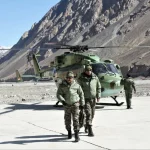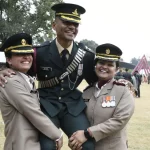Director General of BrahMos Aerospace and DRDO, Dr. Jaiteerth E. Joshi, has stressed the critical need for a tri-sector collaboration between academia, defence research, and industry to develop engineering talent capable of meeting the demands of next-generation warfare. Speaking at the 25th Convocation Ceremony of the Indian Naval Academy (INA) in Kannur on May 30, Dr. Joshi emphasized that hands-on training and advanced education are essential for preparing naval engineers to perform independently in high-tech combat environments.
Highlighting the Navy’s unique operational conditions, Dr. Joshi said that naval engineers must be trained to handle technical responsibilities such as rectification, testing, and maintenance without shore-based support. He outlined an initiative to develop advanced training modules in partnership with DRDO’s Centres of Excellence at IITs, NITs, and institutions like the Defence Institute of Armament Technology, with close coordination from the INA.
Dr. Joshi lauded the INA’s academic collaboration with Jawaharlal Nehru University and called for further engagement with academic societies like the Indian Society for Non-Destructive Testing and the Institute of Electronics. These partnerships, he said, can facilitate tailored internships and domain-specific training, such as placing mechanical engineering cadets in missile and armament clusters and electronics graduates in electronic warfare units.
He described this vision as a structured model of collaboration: initial research (Technology Readiness Levels 1–3) led by academia, applied research (TRL 4–6) co-developed with industry, and advanced production (TRL 7–9) handled by private manufacturers. This model, he said, ensures accelerated innovation and readiness for deployment.
The DRDO, he noted, is actively investing in start-ups and encouraging student participation in defence projects as early as their third or fourth year of engineering. Many students are already undergoing training at DRDO labs, where they gain critical exposure to domain-specific technologies and work alongside defence personnel.
Dr. Joshi also acknowledged the unique insights brought in by service officers who join DRDO through secondment, post-retirement roles, or lateral entry. Their battlefield experience and understanding of frontline needs help refine the development of defence systems to be more practical and service-ready.
He expressed optimism about the reversal of India’s brain drain, attributing it to the nation’s rapid progress in aerospace, defence, nuclear, and automotive sectors. The combination of global economic uncertainty and India’s rising opportunities under the Atmanirbhar Bharat mission is encouraging talent to remain in the country.
India’s growing number of start-ups and unicorns and its trajectory toward becoming the world’s third-largest economy are signs of a changing industrial landscape, Dr. Joshi added.













